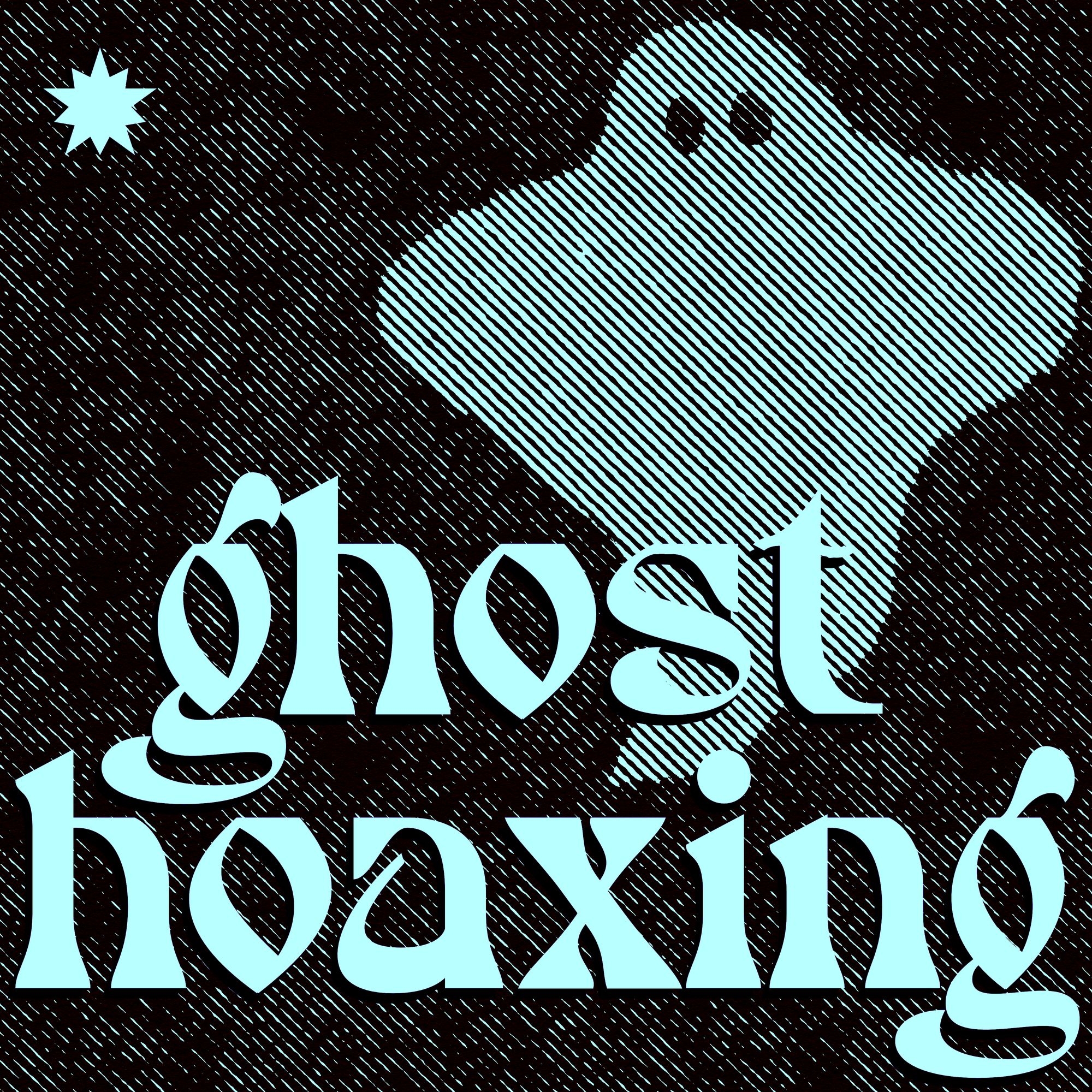Victorian Ghost Hoaxers: Part 3

Note: this post contains mention of sexual assault, vigilantism, poisoning, mental asylums, cancer, and injury/illness.
Late nineteenth century ghost hoaxing, or "playing the ghost," became so common that it happened several times per week in Ballarat, Australia, during its height. It seemed that dressing up as a ghost became a convenient way to disguise oneself while committing crimes.
The Wizard Bombardier and other hoaxers
According to Dr. David Waldron in his paper "Playing the Ghost", the source I'm quoting in this post, men and women would dress in "elaborate costumes" and scare or assault people walking by:
Many of these individuals displayed quite a theatrical flourish in their costuming and activities, leading to the characters receiving fanciful nicknames from the local press. One man was arrested by local police and fined two hundred pounds for damages after assaulting a police officer’s daughter while dressed as a ghost . . . Another young man received the nickname of ‘Wizard Bombardier’ due to his costume of white robes with a tall sugar-loaf hat. He would scare workers and passers-by between Ballarat and Kilmore with eerie screams and rock-throwing, and seemed to enjoy the cat-and-mouse game with local vigilantes and authorities as they set off in pursuit . . . He was, in the end, discovered and beaten by two local residents in an act of vigilantism.
Green-glowing phosphorescent paint had just been brought to Australia and quickly grew popular. Hijinks ensued: people would vandalize buildings with glowing skulls-and-crossbones or paint angels and tombstones in the cemetery.
Lazy ghost hoaxers could soak a sheet in phosphorescent paint and don that, but some people got creative. Waldron reports that:
One man dressed himself in a knight’s costume with a glowing breastplate featuring the words ‘Prepare to meet thy doom’ . . . There were also examples of costumes that copied outfits from antiquity, with skins and claws being quite common accessories, although luminous paint was still a prominent feature.
Unfortunately, all this ghostly "fun" came at a high price, because the phosphorescent paint happened to be real toxic.
It could cause, to quote Waldron "severe symptoms including cardiovascular and respiratory disease, gastrointestinal dysfunction, diarrhoea, incontinence, blurred vision, hypertension, anxiety, tremors, seizures, ataxia, coma, and death."
Waldron observes that by pretending to be the ghosts of dead people, people might unknowingly have caused their own death (or at least illness). Some people ended up with brain damage; a number of them were sent to asylums.
Later, they used radium paint instead, which of course was radioactive and caused cancer. So not exactly an improvement.
A convenient disguise
Many of these ghost hoaxers were men who sought to harass and assault women. Those included a man with "a skull and cross-bones painted on his bare chest above the word ‘Death’" who "was accused of exposing himself to passers-by at the Ballarat cemetery."
Other assailants included a man sporting "a white overcoat with a glowing phosphorescent-soaked suit," another man dressed in "white clothes with a coffin lid strapped to his back, his face and limbs covered in glowing phosphorescent paint, and a man "wearing a costume of high India-rubber boots with a long white coat and carrying a cat-o’-nine-tails."
That last man had real supervillain vibes. He sent the mayor a letter that said:
Dear Sir,
I see that you and your bally councillors have fixed a reward of £5 on my head, but you didn’t say whether dead or alive; and, furthermore, you said you would have me plugged with a lead on sight.
Mr. Mayor, I give you warning that the first man I see with his hand in his pocket, or otherwise looking suspicious, I will plug a bullet through him. I hope you will caution the ‘Rakebite’ portion of your council of my intentions.
Yours truly,
The Ghost.
When "The Ghost" was eventually arrested, he was revealed to be "a well-known and respected elocutionist and senior clerk." Go figure.
This post doesn’t link to sources as comprehensively as usual, because it's based on an old episode of Buried Secrets Podcast. I wrote this based on the original episode notes, which I penned when I was worse at adding specific in-line citations. But all of the sources I used are linked at the bottom of the episode shownotes page. The main source that I used for the episode was "Playing the Ghost" by Dr. David Waldron.

